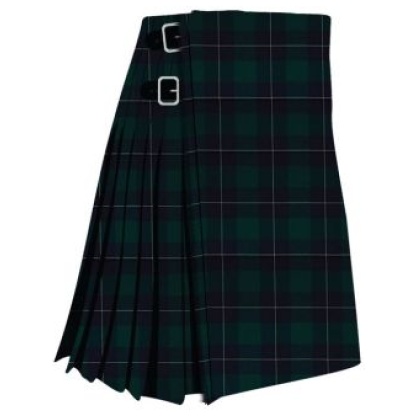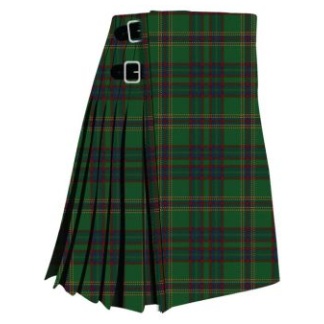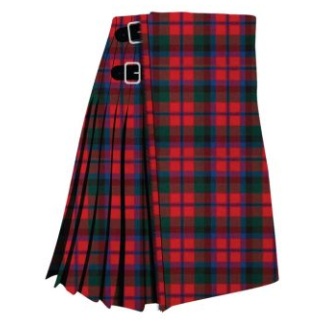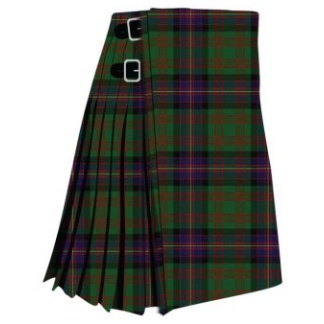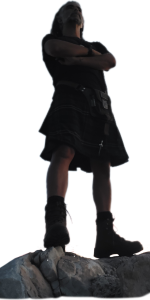Clan Irvine Modern Tartan Kilt
$129.00
The Irvine Clan Modern Tartan, like many Scottish clan tartans, has a rich history and symbolism associated with it. Here’s a brief overview of the history and significance of the Clan Irvine Modern Tartan Kilt:
- Clan Irvine: The Clan Irvine, sometimes spelled as “Irwin,” is a Scottish clan with roots in the southwest of Scotland, particularly in the region of Ayrshire. The clan takes its name from the village of Irvine in North Ayrshire. Over the centuries, the Irvines have played a role in Scotland’s history, participating in various conflicts and events.
- Tartan Development: The concept of clan tartans as we know them today, with distinct patterns and colors associated with specific clans, became more popular in the 18th and 19th centuries. Prior to that, tartans were not as strongly associated with clans. The Clan Irvine Modern Tartan would have been developed or formalized during this period.
- Symbolism: Tartan patterns often carry symbolic meanings, and the colors and design of the Clan Irvine Modern Tartan are no exception. The specific meanings of the colors and patterns can vary, but they are generally associated with the landscape and environment of the clan’s homeland. Green, for example, can symbolize the lush green hills and fields of Ayrshire, while blue might represent the waters of the River Irvine.
- Wearing the Kilt: The Clan Irvine Modern Tartan is used for various items of clothing, most notably the kilt. The kilt is a traditional Scottish garment and is worn as a symbol of Scottish heritage and identity. It is often worn at formal events, such as weddings or Highland games, as well as more casual occasions.
- Contemporary Use: Today, the Clan Irvine Modern Tartan kilt is worn by members of the Irvine clan and those with a connection to Irvine heritage who wish to proudly display their Scottish roots. The tartan is also popular among individuals of Scottish descent around the world, regardless of their specific clan affiliation.
